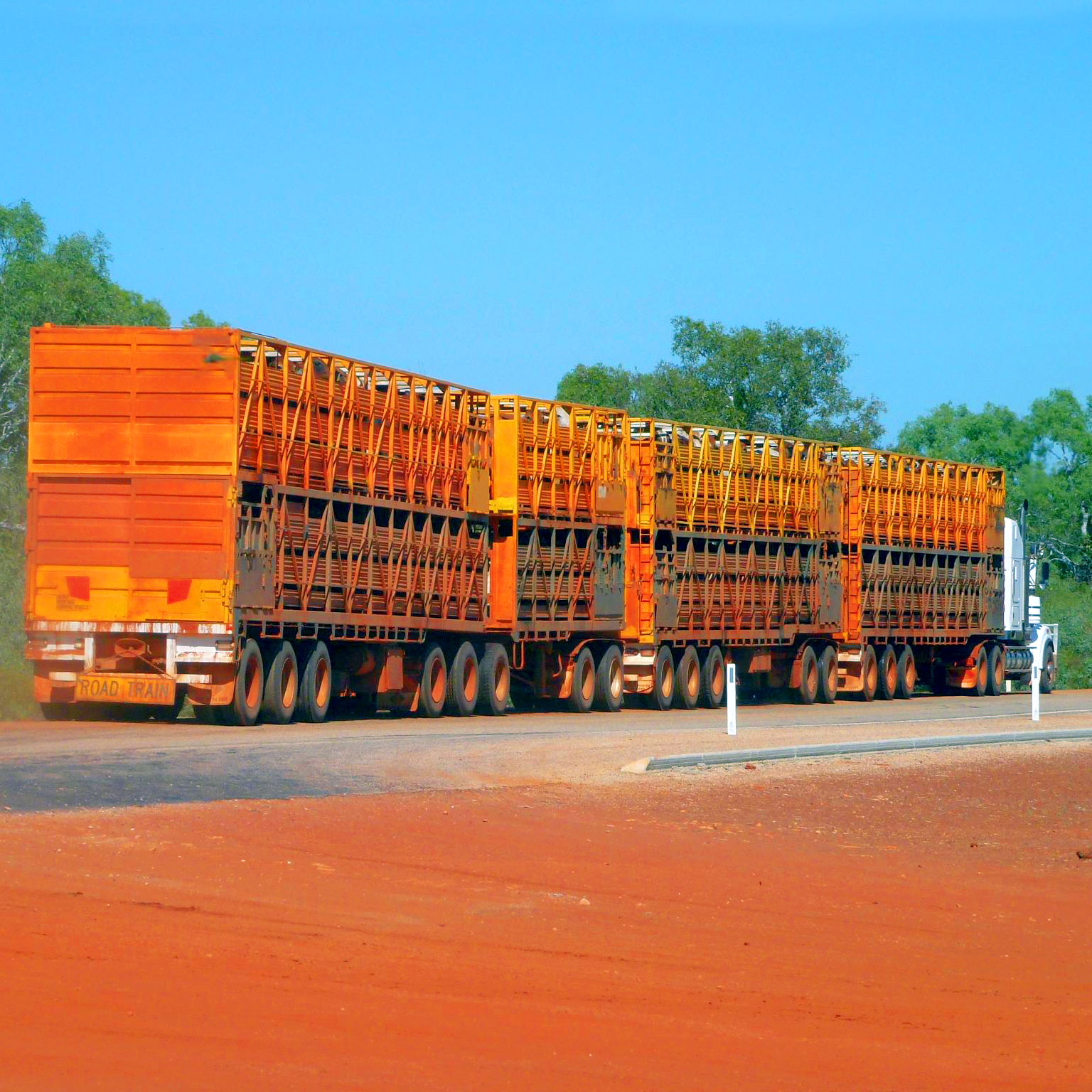
What’s driving regional investment in Australia and the EU?
On 2 May 2019, the Victorian Auditor-General’s Office (VAGO) released their report Outcomes of Investing in Regional Victoria. For anyone interested in regions, their findings are sobering, but unsurprising.
 "Outback Western Australia Road Train" (CC BY-NC-SA 2.0) by neeravbhatt
"Outback Western Australia Road Train" (CC BY-NC-SA 2.0) by neeravbhatt
VAGO concludes that ‘despite significant investment, Regional Development Victoria (RDV) cannot demonstrate its impact on social and economic outcomes in Regional Victoria.’
In fact, VAGO observes that electoral and budget commitments drive regional investment – rather than the demonstrated needs or priorities of regional communities.
This is not a new problem – but we argue that it is time for a new approach. Looking to the European Union provides an example of transition from ad-hoc investment to a focus on regional innovation.
Not a new problem
In 2012 and 2015, VAGO evaluated previous regional funds. Both times, VAGO observed problems in the planning, design, transparency and evaluation of the grants program.
Victoria is not alone in experiencing problems with effective regional policy. For example, the Productivity Commission’s Transitioning Regional Economies study found:
Substantial funding has been devoted to regional programs by successive Australian, State, Territory and local governments over many years. The effectiveness of these programs in facilitating development in regions is unclear, largely due to a lack of robust and transparent evaluation.
The Productivity Commission also observed ‘significant confusion, overlap and uncooperative rivalry’ between different levels of government. This appeared to be in the pursuit of political recognition rather than good public outcomes. The Productivity Commission also observed problems of inconsistent objectives and inadequate data to support regional planning.
Given these shortfalls, the time is ripe for Australia to consider new approaches.
Towards a focus on regional innovation
The origins of EU regional policy lie in the 1957 Treaty of Rome with an explicit concern to reduce the differences between regions. This policy has evolved considerably over time and now accounts for the largest component of the EU budget.
Current EU regional policy has three features that may be of interest to Australia: it seeks to be collaborative, place-based and to enhance innovation.
As discussed in a previous blog post regions need to have a smart specialisation strategy (S3) in place before they are eligible for EU funding. Key to S3 is the collaborative ‘entrepreneurial discovery process’.
The EDP process is collaborative because it brings together businesses, universities, research centres, government and civil society. The aim is to identify knowledge and expertise that can be linked with regional resources to create new opportunities for growth. It is place-based in that decisions about priorities are made by local entrepreneurs, rather than by central authorities. It is also underpinned by many years of research into supporting regional innovation systems.
Why change?
Why should governments in Australia consider doing regional policy differently?
Firstly, regional leaders desire change. A recent Regional Australia Institute summary called for investments in human capital and liveability, more flexible and place-based policies and a more optimistic narrative about regions.
Importantly, Australian regions are facing significant challenges. Decent work, the impacts of climate change, closure of key industries and social cohesion are issues that face all Australians – whether they live in cities or in rural areas. It is all the more important that regional policy is driven, not by short-term political gains, but by a coherent vision for a sustainable future.
Written by: Anna Hyland (Research Assistant, EU Centre)


Acknowledgement of Country
RMIT University acknowledges the people of the Woi wurrung and Boon wurrung language groups of the eastern Kulin Nation on whose unceded lands we conduct the business of the University. RMIT University respectfully acknowledges their Ancestors and Elders, past and present. RMIT also acknowledges the Traditional Custodians and their Ancestors of the lands and waters across Australia where we conduct our business - Artwork 'Sentient' by Hollie Johnson, Gunaikurnai and Monero Ngarigo.
More information